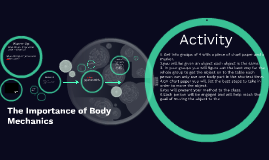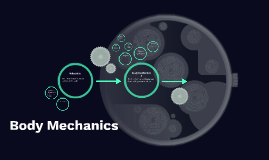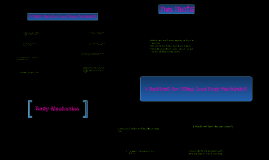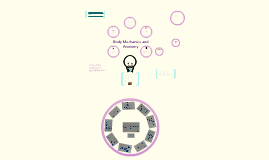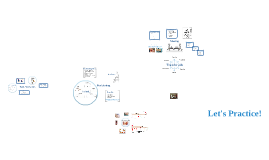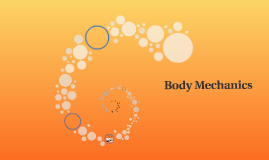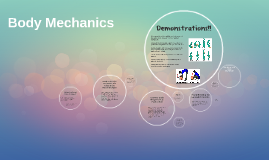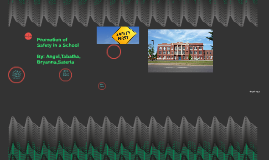Body Mechanics
Transcript: refers to the way in which the body moves and maintains balance while making the most efficient use of all of its parts. 4 Reasons for Using Good Body Mechanics 1. Muscles work best when used correctly 2. Correct use of muscles makes lifting, pulling, and pushing easier. 3. Correct application of body mechanics prevents unnecessary fatigue and dtrain, and saves energy. 4. Correct application of body mechanics prevents injury to self and others. 8 Basic Rules of Good Body Mechanics: 1. Maintain a broad base of support by keeping the feet 8-10 inches apart, placing one foot slightly forward, balancing weight on both feet, and pointing the toes in the direction of movement. 2. Bend from the hips and knees to get close to an object, and keep your back striaght. DO NOT bend at the waist. 3. Use the strongest muscles to do the job. The larger and stronger muscles are located in the shoulders, upper arms, hips and thighs. Back muscles are weak. 4. use the weight of your body to help push or pull an object. Whenever possible, push, slide, or pull rather than lift. 5. Carry heavy objects close to the body. Also, stand close to any object or person being moved. 6. avoid twisting your body as you work. turn with your feet and entire body when you change direction of movement. 7. avoid bending for long periods of time. 8. If patient is too heavy for you to lift by your self, always get help. Mechanical lifts, transfer belts, wheelchairs and other similar types of equipment are also avaliable to help lift and move patients. Fun Facts Maintain a broad base of support by keeping the feet 8- 10 inches apart. Bend from the hips ans knees to get close to an object. Some health care facilities now require workers to wear back supports while lifting or moving patients. refers to the way in which the body moves and maintains balance while making the most effcient use of all its parts. Body Mechanics






